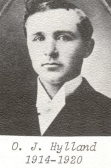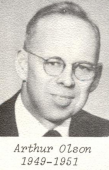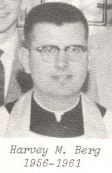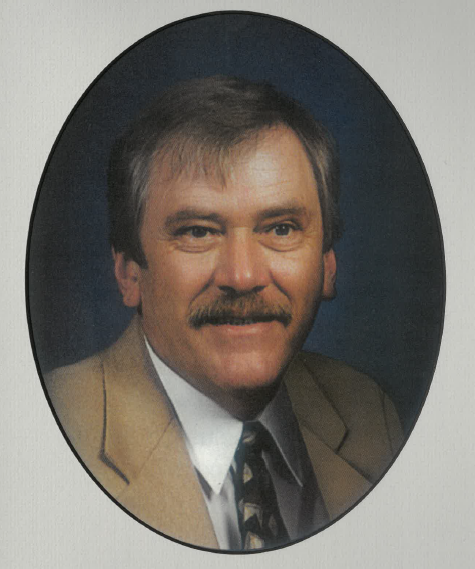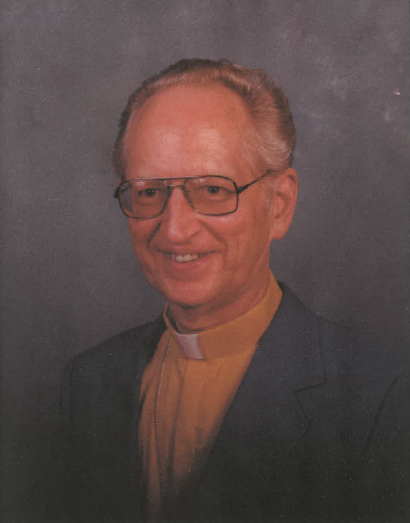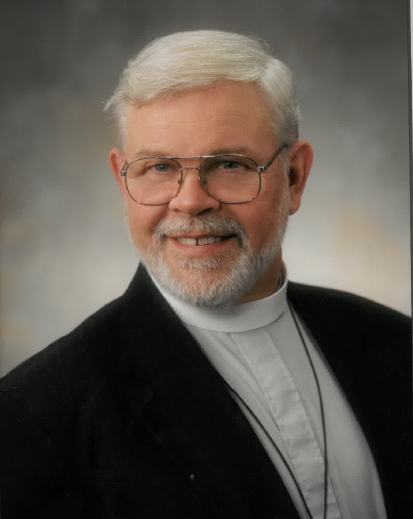Church History
December 2, 1872: Congregational decision to organize officially at Ole Olson Hegg
January 7, 1873: Congregational meeting at Simon Rice (Hurdal Norwegian Evangelical Lutheran Congreagtion)
April 16, 1873: Second Congregational meeting at Even Evenson - changed name to Immanuel Norwegian Evangelical Congregation.
May 11, 1973: Third Congregational meeting at Esten Johnson Dahl school - first signs of contention over doctrine.
September 17, 1873: Fourth Congregational meeting at Esten Johnson Dahl - Even Evenson resigned as trustee.
February 16, 1874: Congregational meeting at Martin E Rognlien - Norwegian Synod constitution adopted
Immanuel Lutheran Church was re-formed in March of 1956 when West Beef River Church and St. Paul's Lutheran Church joined together to become one. A brief history of each is as follows:
History of West Beef River Church
West Beef River Church held its first service on January 7, 1874 about two miles south of present day Strum. It was actually known as Hurdal Lutheran Church in its early years. It later changed its name to Immanuel and still later to West Beef River when they joined with Big Creek and finally back to Immanuel when it united with St. Paul's. The first Church was built on the site of the present day West Beef River Cemetery. The West Beef River Church had a parting of ways in 1877 when 150 members left to create what became St. Paul's Lutheran. This was due to a split in leadership that affected Lutheran Churches throughout the Midwest. In 1910, plans were put together to build a new church in the heart of downtown Strum. This building still stands today and is the present home of Immanuel Lutheran Church.
History of St. Paul’s Lutheran Church
As mentioned above, St. Paul's Lutheran Church got its start when 150 members of West Beef River left to form a new church in 1877. When it was first formed it was known as St. Paul's Scandinavian Lutheran Church. They selected a site just north of the Beef River where the present day St. Paul's Cemetery stands. Their first church was somewhat humble but it was enlarged in 1903 and a parsonage was built in 1915.
December 2, 1872: Congregational decision to organize officially at Ole Olson Hegg
January 7, 1873: Congregational meeting at Simon Rice (Hurdal Norwegian Evangelical Lutheran Congreagtion)
April 16, 1873: Second Congregational meeting at Even Evenson - changed name to Immanuel Norwegian Evangelical Congregation.
May 11, 1973: Third Congregational meeting at Esten Johnson Dahl school - first signs of contention over doctrine.
September 17, 1873: Fourth Congregational meeting at Esten Johnson Dahl - Even Evenson resigned as trustee.
February 16, 1874: Congregational meeting at Martin E Rognlien - Norwegian Synod constitution adopted
Immanuel Lutheran Church was re-formed in March of 1956 when West Beef River Church and St. Paul's Lutheran Church joined together to become one. A brief history of each is as follows:
History of West Beef River Church
West Beef River Church held its first service on January 7, 1874 about two miles south of present day Strum. It was actually known as Hurdal Lutheran Church in its early years. It later changed its name to Immanuel and still later to West Beef River when they joined with Big Creek and finally back to Immanuel when it united with St. Paul's. The first Church was built on the site of the present day West Beef River Cemetery. The West Beef River Church had a parting of ways in 1877 when 150 members left to create what became St. Paul's Lutheran. This was due to a split in leadership that affected Lutheran Churches throughout the Midwest. In 1910, plans were put together to build a new church in the heart of downtown Strum. This building still stands today and is the present home of Immanuel Lutheran Church.
History of St. Paul’s Lutheran Church
As mentioned above, St. Paul's Lutheran Church got its start when 150 members of West Beef River left to form a new church in 1877. When it was first formed it was known as St. Paul's Scandinavian Lutheran Church. They selected a site just north of the Beef River where the present day St. Paul's Cemetery stands. Their first church was somewhat humble but it was enlarged in 1903 and a parsonage was built in 1915.











